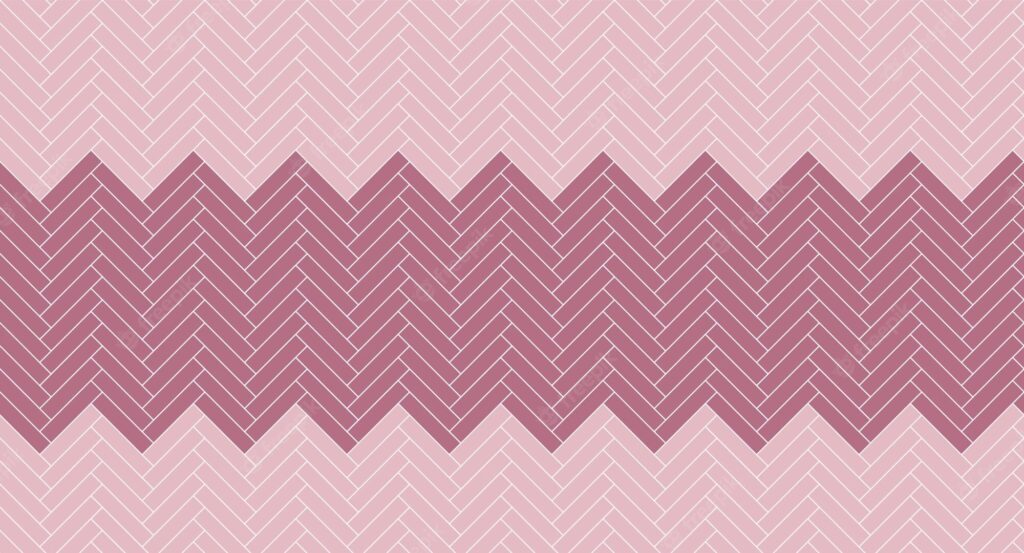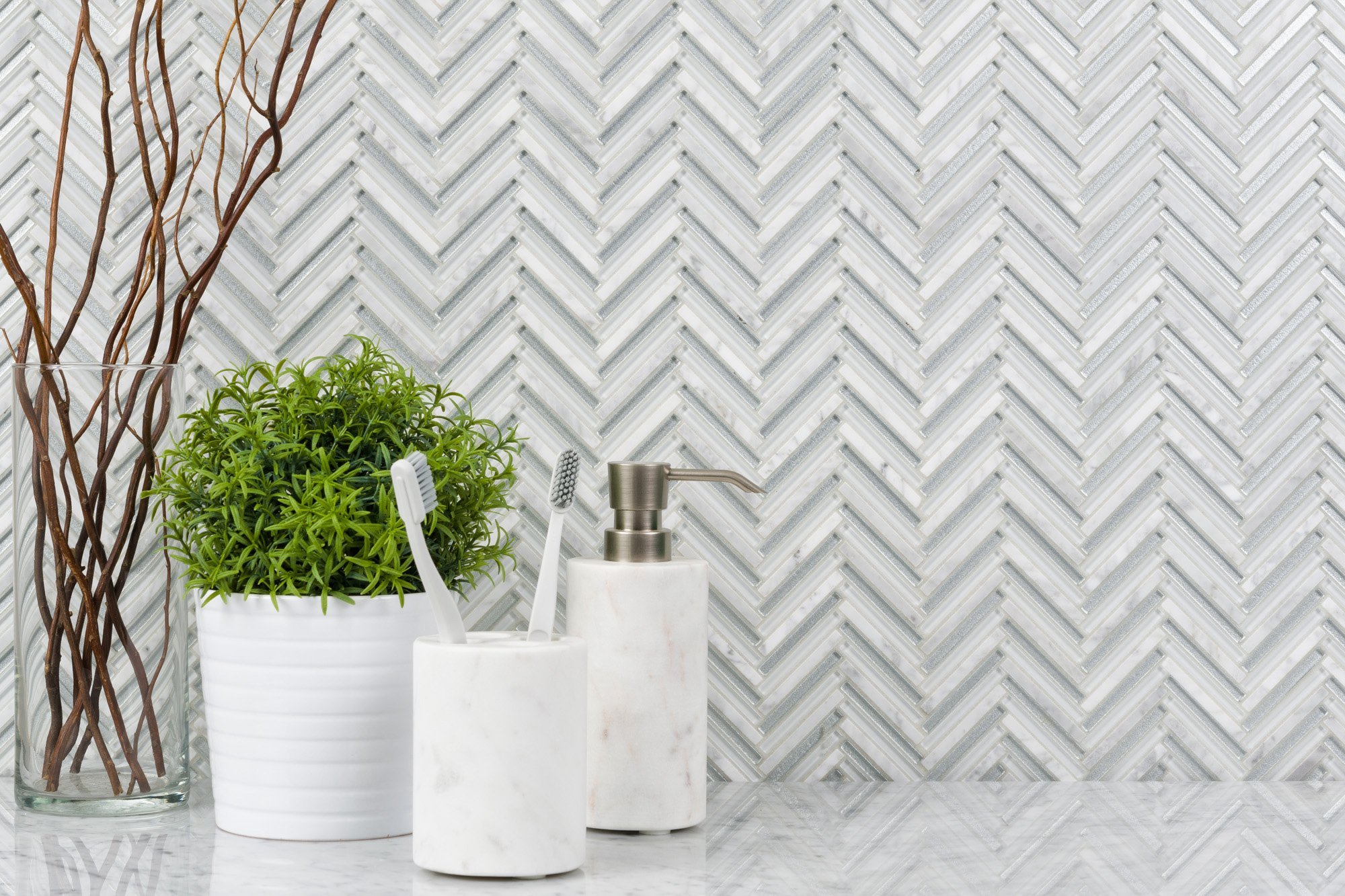In the world of pretty interior design, you can depend on the herringbone tiles pattern for the best usage of your interior space. Moreover, throwing this style into the area can help you break it up a bit and make it appear more significant than it really is. In addition, if you mix up colors within the design, you can create a sort of mishmash of bright colors that can easily catch the eye.
Another dynamics to the tile-laying is creating a flow with diagonally shaped tiling that guides the eyes to the preferred destination. Herringbone is the keyword in the mind of interior designers and builders all over Sydney, Australia. While we can tell you the most fascinating features of using them, we will take a different turn.
That turn will examine some of our worst fears and suspicion about where to buy subway tiles. Perhaps, we should start from the known to the unknown.
What do we know about Herringbone Tiles Pattern?
The herringbone tiles’ patterns are designed according to the bone arrangement of the herring fish, which is a unique arrangement. Some of its attributes of these tiles This pattern is timeless, and it has survived the years from the ancient Roman Empire until today.
It originated during the Roman Empire; it started as a floor texture artwork of cut stones. But the evidence works through the ancient Irish textile, which dates as far back as 600 BCE. Evidently, this design has come a long way in the world of home interior designs. While it can be seen as a regular weaving pattern that can be replicated in various items, its value is not compromised. Instead, it has given rise to other variants that make it more popular.
For instance, today, herringbone style is used in flooring, stencils, and bricklaying. It also becomes well visualized due to its patterns, size, color, and contrast with the compatible grout system. These herringbone tiles can also come in monochromatic schemes. When they do, it opens a window of tremendous creativity for designers.

Herringbone Patterns can replace any Layer in your Kitchen
Your Kitchen is where you want to optimize your artistic skills the most. And indeed, some of the most stellar interior designs are seen in the Kitchen, apart from the bathroom. So, while the bathroom may be limited in some materials that can be used there, the Kitchen allows for different materials, including wood, steel, bricks, and titles.
In all, you can create a picture-worthy result in the home while demonstrating the best flooring architecture on the floor, countertop, kitchen walls, or backsplash. In other words, do not be limited in any way when you have herringbone tiles at your disposal. As proof, herringbone tiles have now been used in the following cases as
- Fabric and textile patterns
- Patterned kitchenware
- Liners for inside the cabinet
- Countertops for kitchen tables and cabinet tops

The Geometry of the Herringbone Tiles Pattern
The herringbone design is geometrically precise, repeating all patterns, be it rectangle or parallelograms. Anyone may often confuse this pattern for the chevron, which also looks like the same from afar. Mainly since both ways appear to have a zigzag orientation but t, there is still a significant difference
The chevron tile laying pattern has a continuous zigzag design from end to end. However, the herringbone tiles pattern has a broken zigzag that occurs on each tile in the same design flow. If you like, you can refer to it as a sectional zigzag, too, because it breaks off at the reversal of each section. From afar, the chevron appears like an inverted V-shape pattern. The created zigzag pattern continues in the same flow ideally and in uniform. Learn more about how to lay herringbone tiles.
Also, when the tiles and the wood planks are used to create the chevron pattern, each plank is cut at such as angle that it directly kisses the next one, and the two ends match up perfectly. When laid, the lines that one tile makes with the next are continuous and perfect without a shift. On the other hand, the herringbone pattern has a different type of goal and target. Instead of trimming each piece at an angle like in a chevron, the herringbone slants each piece.
In other words, it creates its own offset of 90-degrees between the materials by placing one tile offset from the next. Therefore, the straight edge of one side is identified by the next one beside it at an angle of 90-degrees, making each tile broken up. No doubt that this arrangement has both proven to be impressive in their final results. And you will have to deny the elegance and sophistication that they add to your environment if you think either one is imperfect.

Necessary Precautions when laying Herringbone Tiles
The process of laying herringbone tiles is that which involves professional touches. With a passion, will, and the right hands in place, you can get the job done even cheaper than many alternatives. But the following cautions are essential to ensure that the installation can work perfectly and be sustainable.
- When laying these tiles on the floor, note that the floor is probably made from a natural product and therefore has its own internal structure and architecture. Factor this fact into laying to know the most befitting method to use that can produce excellent results.
- The next one is to prepare ahead for any need to trim or chop off some parts of the tiles before completing the process. However, the entire trimming process should come after the whole area has been filled. In the case of furniture, one can use felt pads or mat the room entrances to disallow dirt from being carried into the ongoing flooring work.
- The installer bears the liability of any installation remains. But it depends on the instructions and guidelines as supplied by the packs of the flooring guide. At this point, you may need to consult an expert as to what to do, and we will be delighted to help.
Contact us today and let us discuss further.



